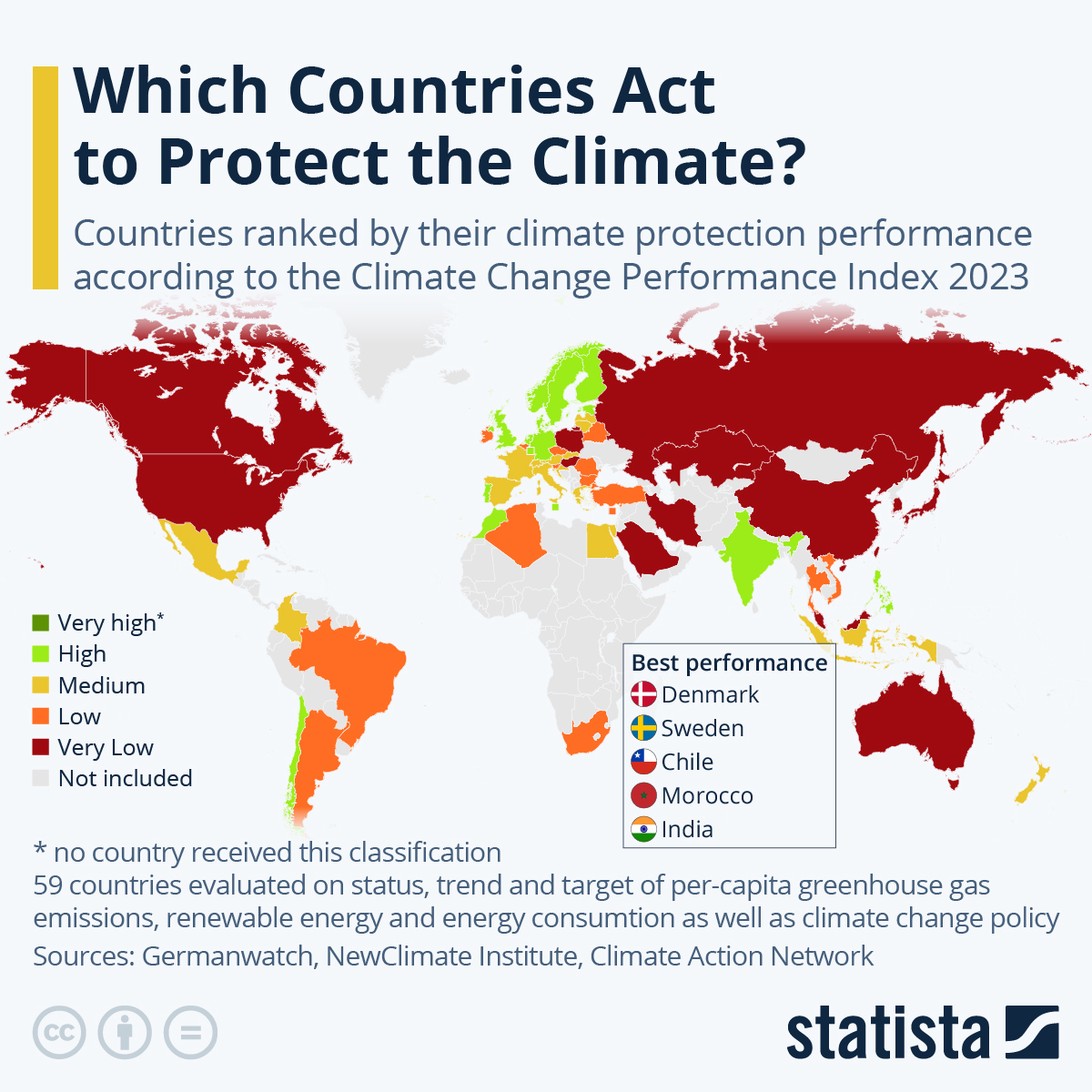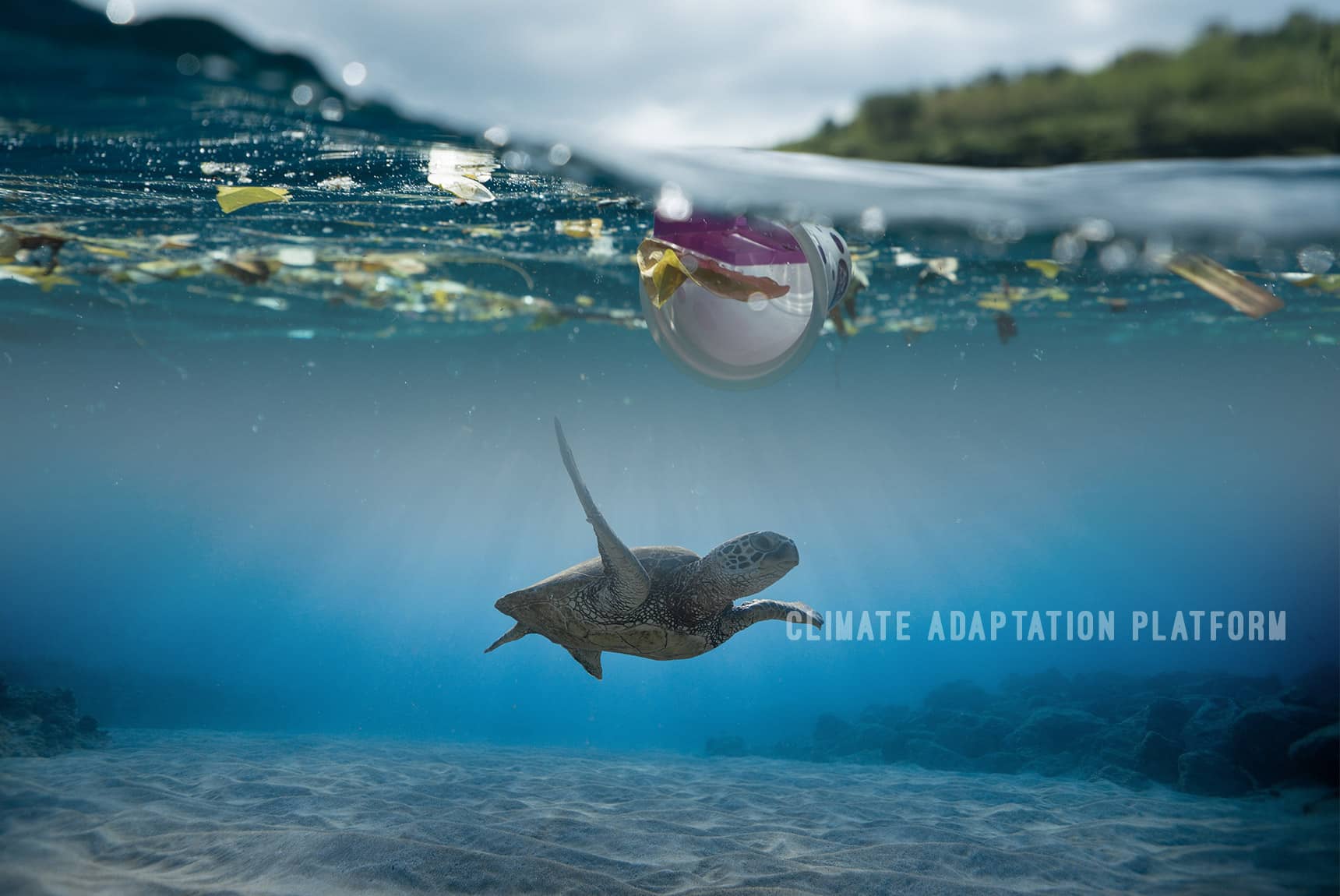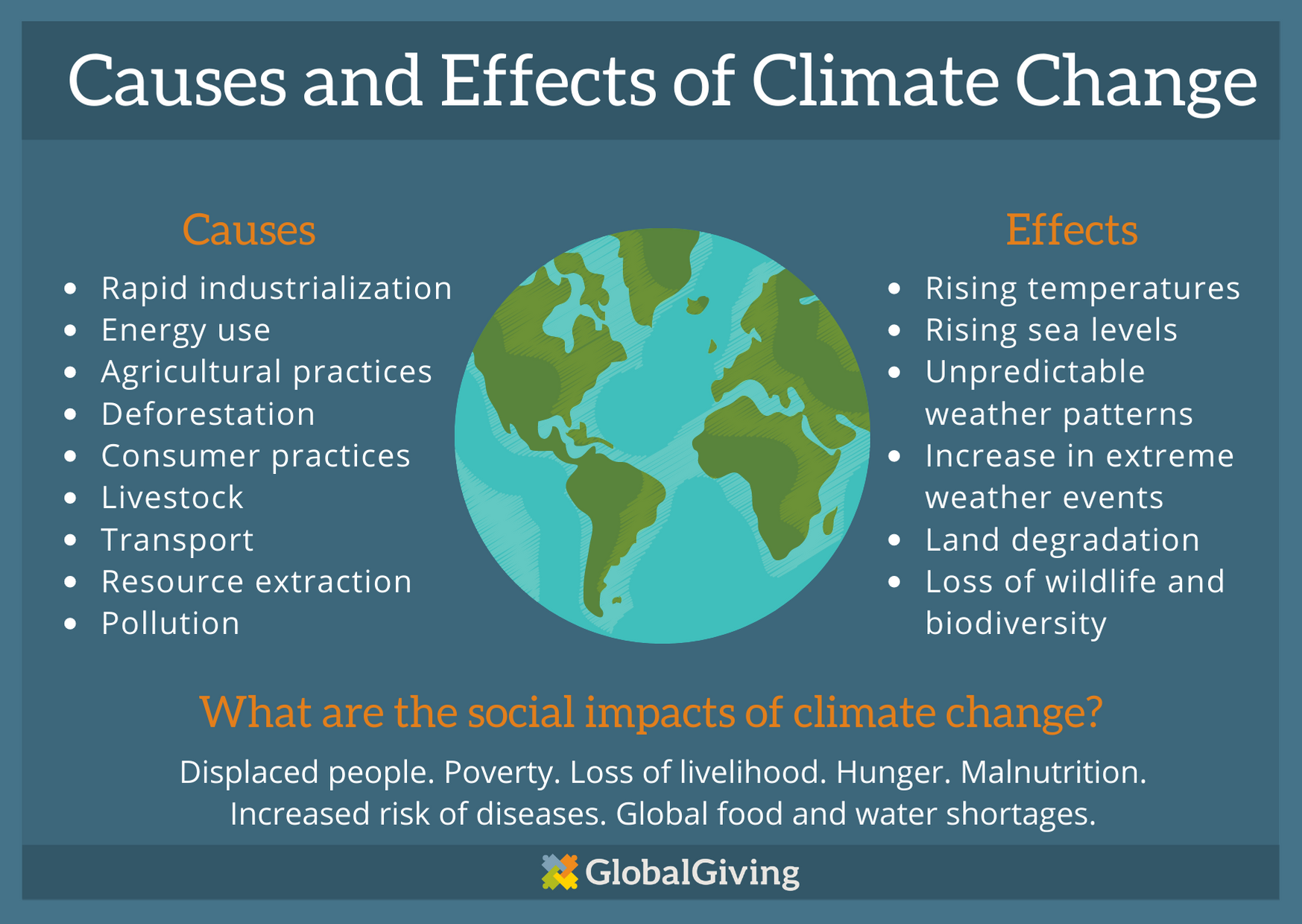The world is currently facing a climate crisis of unprecedented proportions. Rising global temperatures, extreme weather events, and the loss of biodiversity are all signs of the ecological challenges that lie ahead if we do not take immediate and decisive action. Recognizing the urgency of the situation, countries around the world are implementing climate action plans to mitigate the impact of climate change and transition towards a more sustainable future.
In this blog post, we will delve into the climate action plans of several countries, highlighting their key strategies and commitments. From the United States to China, and from Europe to Africa, nations are adopting diverse approaches to address the climate crisis. Let’s take a closer look at some of these initiatives and the impact they are poised to have on our planet.
The United States: The Return to Climate Leadership
The United States, the world’s second-largest emitter of greenhouse gases, has made significant strides in reasserting its commitment to climate action. Under the Biden administration, the country rejoined the Paris Agreement, signaling a renewed dedication to international climate cooperation.
One of the key elements of the United States’ climate action plan is the goal to achieve net-zero emissions by 2050. This ambitious target involves transitioning to a clean energy economy, promoting electric vehicles, and investing in renewable energy infrastructure. Furthermore, the American Jobs Plan allocates substantial funding for climate resilience, adaptation, and innovation.
China: Pioneering Green Technology and Policy
As the world’s largest emitter of greenhouse gases, China plays a pivotal role in the global fight against climate change. The Chinese government has unveiled a multifaceted approach to address environmental issues while maintaining economic growth.
China’s climate action plan includes peaking its carbon emissions before 2030 and achieving carbon neutrality by 2060. To achieve these goals, China is investing heavily in renewable energy sources such as wind and solar power. Additionally, the country is working to phase out coal-fired power plants and increase energy efficiency across various sectors.
European Union: A Trailblazer in Sustainable Policies
The European Union (EU) has consistently been at the forefront of climate action and environmental sustainability. The EU’s Green Deal, unveiled in 2019, represents one of the most comprehensive climate plans in the world.
Central to the EU’s climate action plan is the commitment to becoming the world’s first climate-neutral continent by 2050. To achieve this, the EU is overhauling its energy systems, promoting electric vehicles, and implementing stricter emissions standards. The European Green Deal also includes a Just Transition Fund to support regions most affected by the transition to a green economy.
Kenya: A Model of Climate Adaptation and Resilience
While industrialized nations often take the spotlight in climate discussions, many developing countries are also taking proactive measures to combat climate change. Kenya, for instance, has been a leader in climate adaptation and resilience efforts.
Kenya’s climate action plan involves increasing reforestation and afforestation initiatives, promoting sustainable agriculture, and investing in renewable energy projects. Additionally, the country has developed climate-smart agriculture practices to enhance food security in the face of changing weather patterns.
Conclusion: A Global Effort to Combat Climate Change
Climate action plans are no longer a mere option; they are an imperative for the survival of our planet. Countries across the globe are recognizing the need for collective efforts to reduce greenhouse gas emissions, adapt to changing climate conditions, and transition to sustainable practices.
From the United States’ renewed commitment to climate leadership to China’s ambitious carbon neutrality goal, from the EU’s comprehensive Green Deal to Kenya’s climate adaptation efforts, nations are showcasing diverse approaches to tackle the climate crisis. While the challenges are immense, the global community’s determination to address climate change is a beacon of hope for a more sustainable future.
As individuals, we also have a role to play in supporting these climate action plans, whether through reducing our own carbon footprint, advocating for policy changes, or participating in local sustainability initiatives. Together, we can work towards a healthier planet and a more secure future for generations to come. Climate action is not just the responsibility of governments; it’s a shared commitment to protect our Earth.
In our next blog post, we will delve deeper into the role of individuals and communities in the fight against climate change, exploring practical steps we can take to make a positive impact on the environment.
Stay tuned for more insights on climate change policy and advocacy, and join us in the collective effort to combat the climate crisis. Together, we can make a difference.






